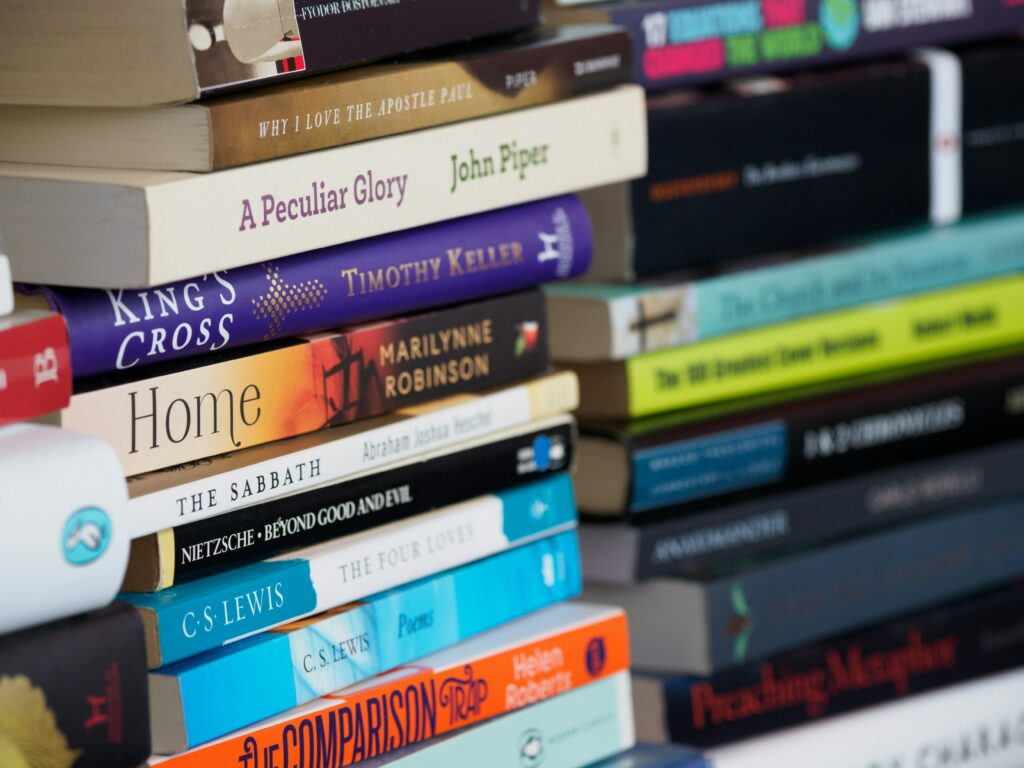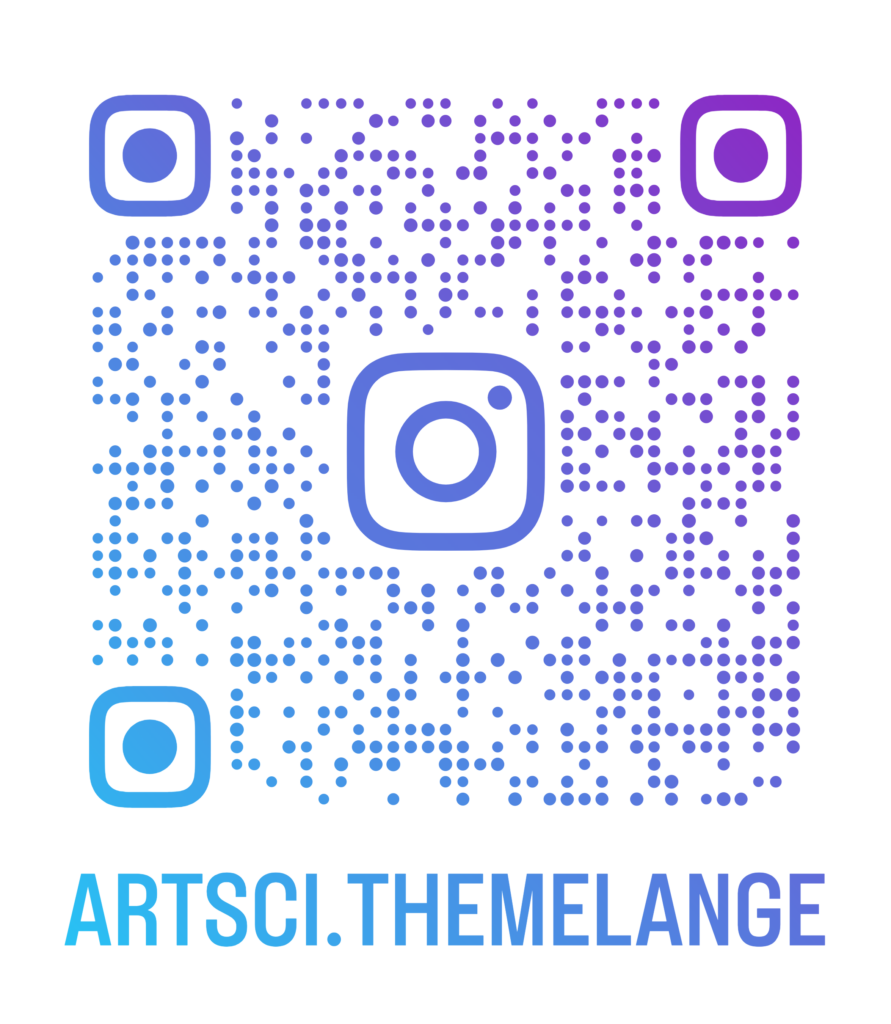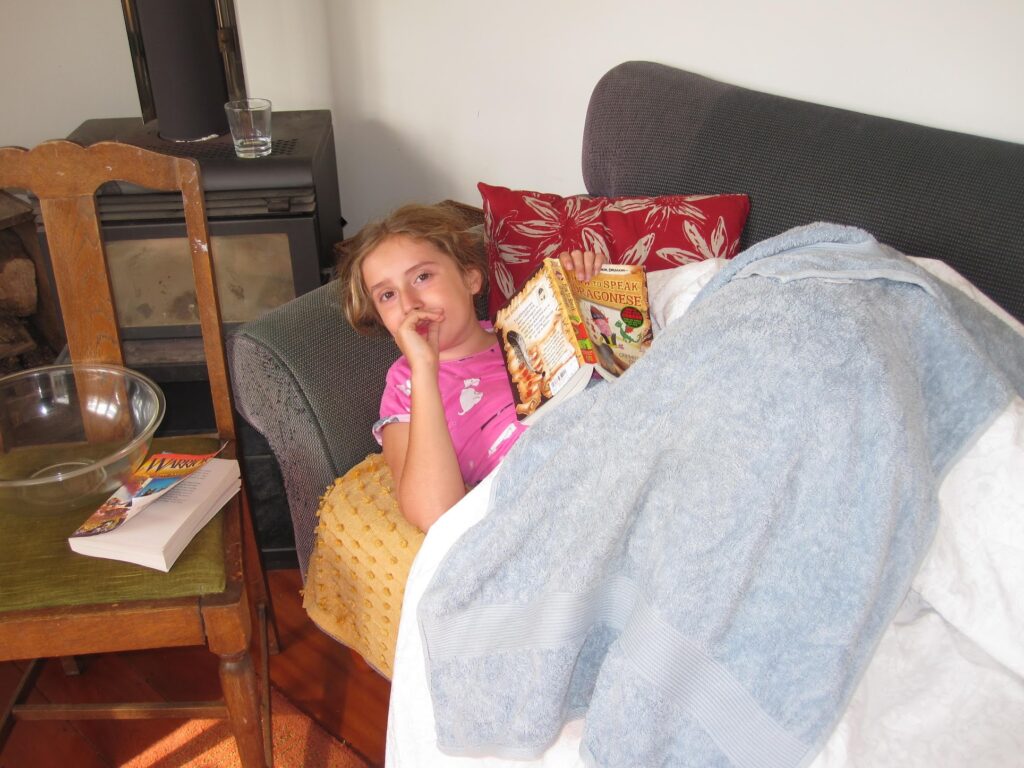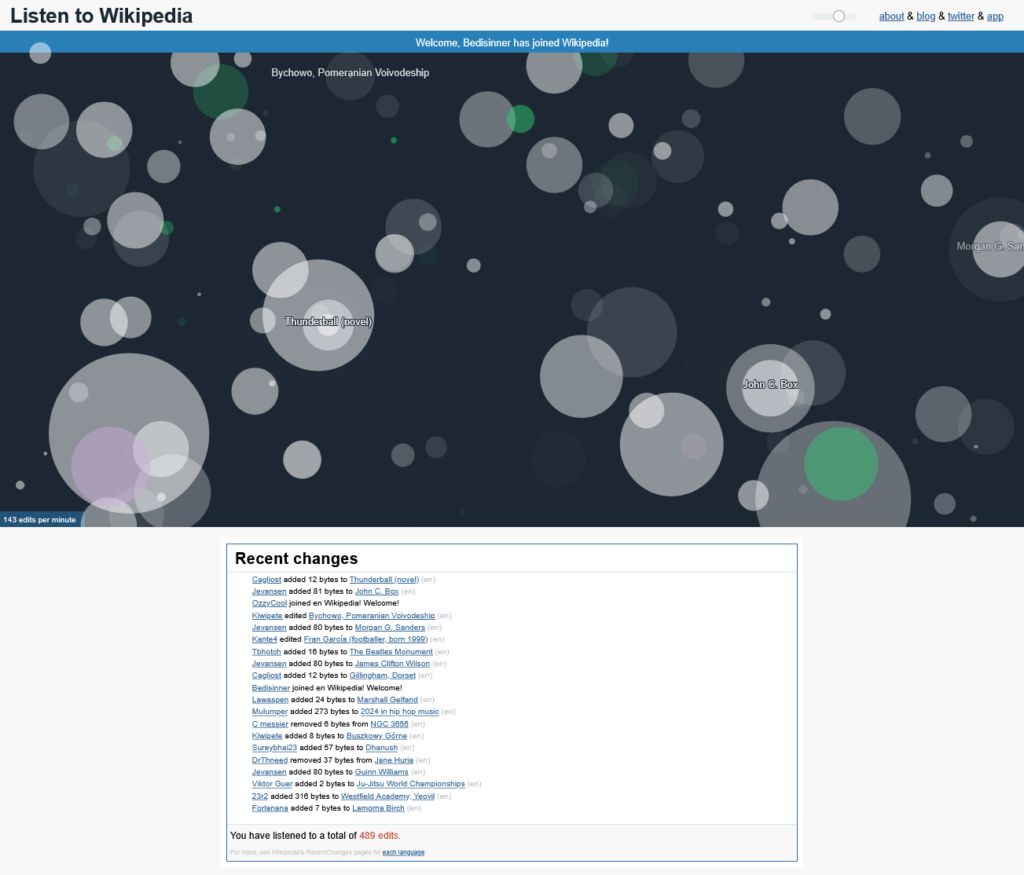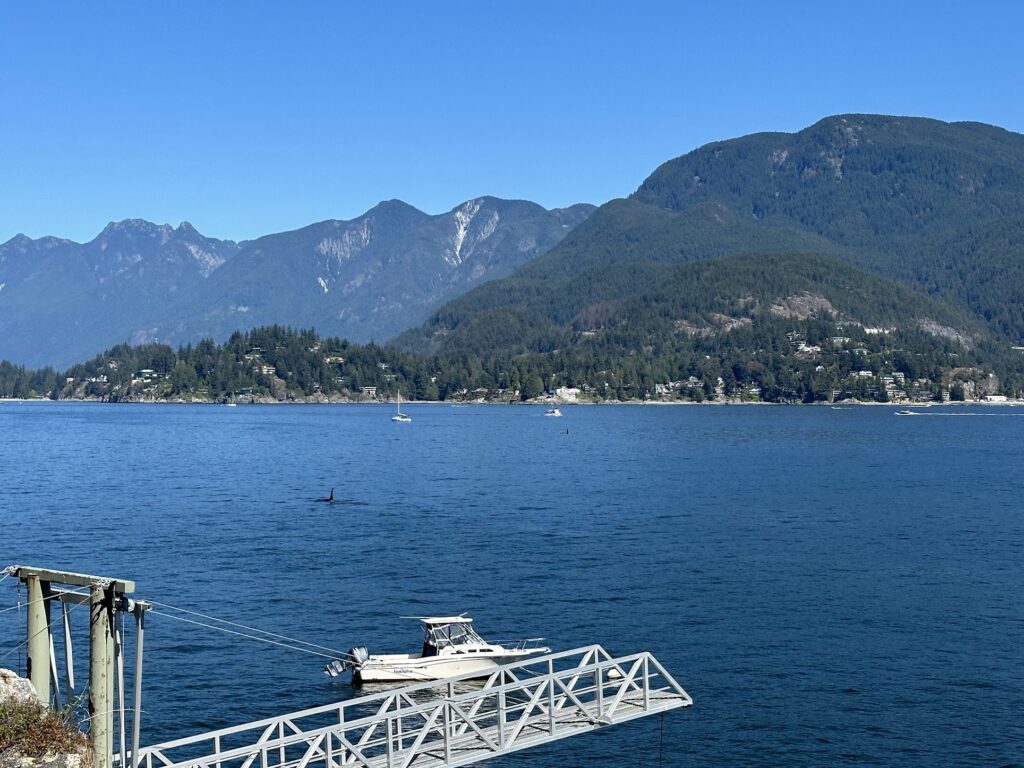For this inquiry post, I wanted to focus on the “how” of getting a piece of writing into the world. As someone who has been doing creative writing as a hobby, I’ve recently been practicing sharing my writing—both for myself, the practice, and also to keep myself accountable for stretching the writing muscles. For this part of the inquiry, I plan to both summarize the ones that I’ve already been a part of, while also exploring how books get to the publishers. (To continue beyond the list of publishers discussed last post).
1. Personal Sites!

This post you’re reading is actually one of those ways! Starting a blog or personal websites an accessible and easy way to share writing. Whether for documentation, portfolios, or just for fun, these online tools allow work to reach a wider audience. In addition, design tools (like WordPress, WIX, or Substack) make designing these sites and communication to readers easy!
In undergrad, my roommates and I started a shared personal blog on Substack (called “The Big Comfy Couch“) where we all post our thoughts, media reviews, life updates, or any writing we feel like creating. This has been a great way for us to keep in touch after moving away from each other following graduation. In addition, having the blog has encouraged me to keep up writing for fun; sharing writing simultaneously acts as an accountability measure.
2. Literary Journals or Magazines!
Literary journals and magazines usually offer publishing for first-time authors; less length than full novels (usually), they are places where short stories, poems, art, and reviews all come together. Journals and magazines can be online (many are these days) or physically published. My first exposure to literary magazines was writing for, and eventually editing, for my undergraduate program’s creative writing magazine, The Melange. I loved how these magazines were a list of styles. Differing from working on a personal blog, these also exposed me to working with an editor and refining my work with support.
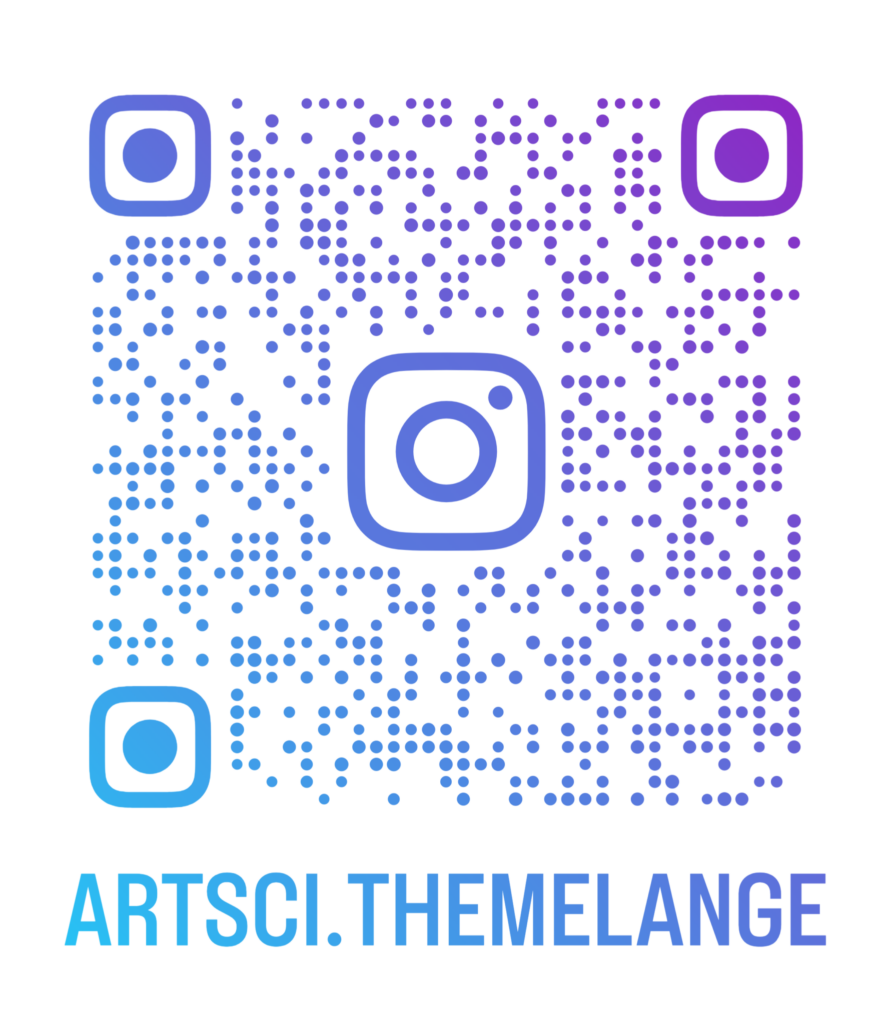
My friends from undergrad, Amarah and Dani, had some of their work published recently by a both online and in-print literary magazine called Junq. I actually have a physical copy of the journal with Amarah’s screenplay in it! Reading a physical print of a friend’s amazing work was an amazing feeling. In addition, these joint publications open up readers to unique and cool art. Especially for independent publications based in your city or in your school, seeing what is around is both entertaining and inspiring.
3. Traditional Publishing!
Traditional publishing is the one part I had the least experience with. From my explorations, theres two main ways to submit to a traditional publisher: with or without an agent. Smaller or independent publishers will usually accept un-agent submissions, while larger publishers usually require the support from an agent. As I do not have experience in this area, I used this inquiry to search out resources from those either who have been published, or those who are in the publishing/agent industry.
In the above video, Alyssa summarizes the steps in getting published by a larger publishing company. This usually involves sending query emails to agents and working with them before they send your work to a publisher.
For un-agented submissions, I’ve learned you do the work of the agent as well as providing the manuscript. Usually, this involves sending a cover letter describing your piece and work along with a manuscript. In the following website post, author Emma summarizes how she goes around submitting a manuscript to publishers.
https://emmaquay.com/blog/2018/7/3/how-i-present-a-picture-book-manuscript-to-publishers
Conclusion…
For this post, I had fun exploring both my relationship to sharing my writing as well as exploring new ways to take writing from the author to the world. I find it interesting the different ways that a book can be published, even within the world of traditional publishing (publisher type, additional support team, and the necessary parts needed to submit). It gives me even more respect for authors and all the work it took to get their pieces onto my shelf!
